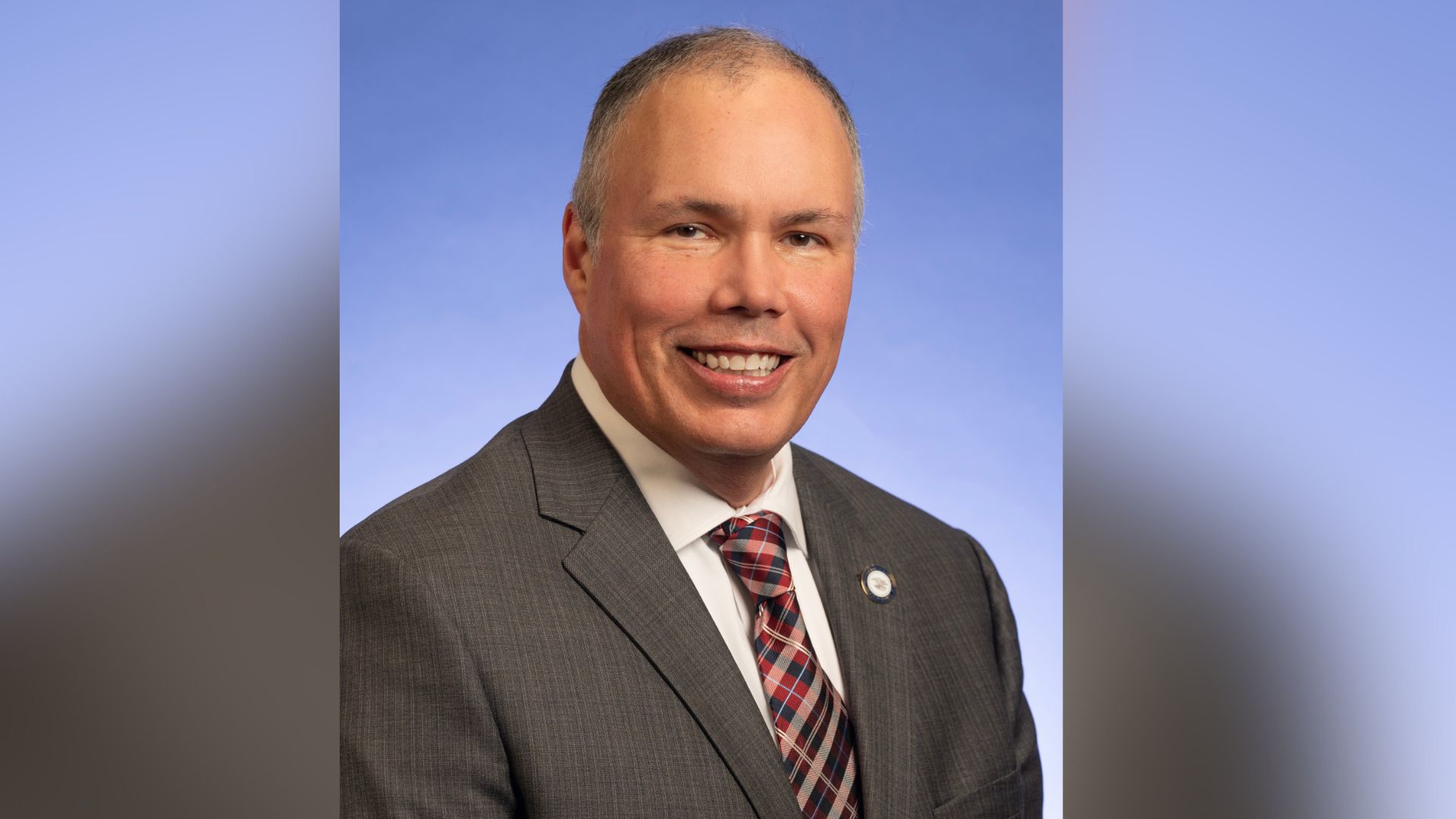May 2025 marks another year of Mental Health Awareness Month, a crucial time to shine a light on the importance of mental well-being and to reduce the stigma surrounding mental health conditions.

May 2025 marks another year of Mental Health Awareness Month, a crucial time to shine a light on the importance of mental well-being and to reduce the stigma surrounding mental health conditions. This annual observance, initiated by Mental Health America in 1949, serves as a reminder that mental health needs to be addressed in addition to physical health. It’s a month dedicated to bringing awareness to all the issues and challenges surrounding the topic of mental health.
The reality is that mental health disorders are widespread, touching individuals across all demographics, cultures, and socioeconomic statuses. During my research for this article, several statistics surfaced that helped put this issue into perspective. Globally, around one in eight people lived with a mental disorder as of 2019, with anxiety and depression being the most prevalent. In the United States, the statistics are equally concerning. In 2022, approximately 59.3 million adults, representing 23.1% of the adult population, experienced some form of mental illness. Despite this high prevalence, a significant number of individuals do not seek or receive the treatment they may need. In 2022, only about half of the U.S. adults with mental health issues received treatment, highlighting a disconnect between patient need, mental healthcare services, and seeking care.
Several factors appear to contribute to this treatment gap. Stigma remains a significant barrier, preventing many from openly discussing their struggles and seeking help due to fear of judgment and discrimination. Financial constraints, insurance coverage, and provider shortages, also, make mental health services difficult for many. Additionally, according to the National Alliance on Mental Illness(NAMI), the average delay between the onset of symptoms and seeking treatment is approximately 11 years, allowing conditions to worsen and potentially become chronic.Subscribe
Though I don’t recall if it was during the years studying for my B.S. in Physiological Psychology or during my psychology rotations in medical school, but I came across a useful framework that helped me to better understand mental illness by dividing mental illness or psychology into two broad categories: organic and inorganic. Whereas organic may be biological or genetic in nature; inorganic encompasses learned or environmental origins of mental illness.
To further explain and delineate, organic causes refer to biological underpinnings of mental illness such as genetic predispositions, neurochemical imbalances, structural brain differences, physical health(tumors, thyroid, etc) or brain injuries. Inorganic causes, by contrast, occur due to life experiences, environmental factors, or learned behaviors. I think it is important to note that one could have an organic predisposition to a mental illness that becomes exacerbated by an inorganic cause. So, the causes aren’t necessarily isolated entities.
Using depression, anxiety, post traumatic stress disorder(PTSD), and burnout as examples, each certainly can have organic or inorganic aspects to their process. For instance, depression has been linked to deficits in neurotransmitters like serotonin, dopamine and norepinephrine. Family history often plays a role and suggests a genetic component, as well as environmental factors. Life experiences such as abuse, neglect, or failure can be inorganic causes leading to depression.
Anxiety disorders which include Generalized Anxiety Disorder, Social Anxiety Disorder, or Panic disorder appear to correlate with a part of the brain called the amygdala. Fear and anxiety are emotional responses processed by the amygdala and may be hyperactive in those experiencing anxiety. In the documentary “Free Solo”, rock climber Alex Honnold would climb dangerous peaks without safety equipment. A scan of his brain showed diminished activity in his amygdala signifying a muted response to fear or anxiety. Certainly, anxiety can be learned, as well, when threatening, stressful or traumatic situations reinforce hypervigilant behaviors.
Unlike anxiety or depression, PTSD is developed after an inorganic traumatic experience such as combat, rape, natural disaster or terrorist attack. While intensity of the event influences a traumatic psychological response, underlying predispositions in how one’s brain processes fear or stress may play a role in the magnitude of the aftereffect.
Burnout, though not listed as a mental disorder, is now considered a diagnosable condition that certainly originates from inorganic causes related to workplace stress. Medical providers, particularly physicians, become prone to burnout due to workload, loss of autonomy and purpose, perfectionism, and a dysfunctional work-life balance. The chronic stress from burnout leads to an imbalance of one’s cortisol level which impacts one’s energy, as well as, one’s physical and mental health.
Understanding and diagnosing the dynamics between organic and inorganic causes of mental illness are the challenges that our mental health providers face with each new patient. While everyone’s brain function is different, our social and environmental situations or experiences are unique, as well. One can’t just implement a specific protocol for a certain mental illness diagnosis and expect it to work effectively for every patient. One is tasked with determining both inorganic and organic causes, then tailoring a treatment regimen that effectively addresses the underlying issues.
Treatments often involve an interplay of physiotherapy, medications, and environmental changes which look to address organic and inorganic causes. Finding the balance that works best for a patient is frequently complicated and takes time. The difficult task of navigating a patient’s mental condition combined with unrealistic time-limited expectations from patients and insurance companies can worsen the challenges of addressing our mental health crisis. The process is time consuming and those who enter the field of psychiatry and psychology should be commended and recognized for the service that they provide.
No one chooses to be mentally ill, but the paths to illness and to recovery are often quite complex. Reducing the stigma, improving empathy, and promoting a healing environment can go a long way to attacking our mental health crisis. As Mental Health Awareness Month comes to a close, it is my hope that this article helps bring some better understanding of mental illness and the challenges patients and providers face.
